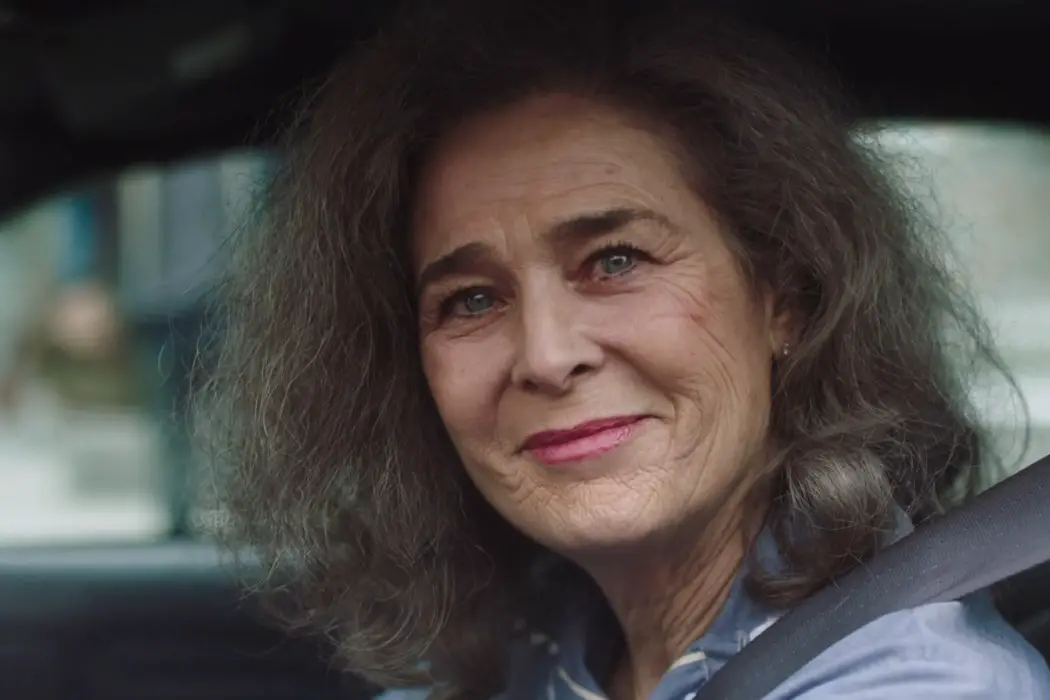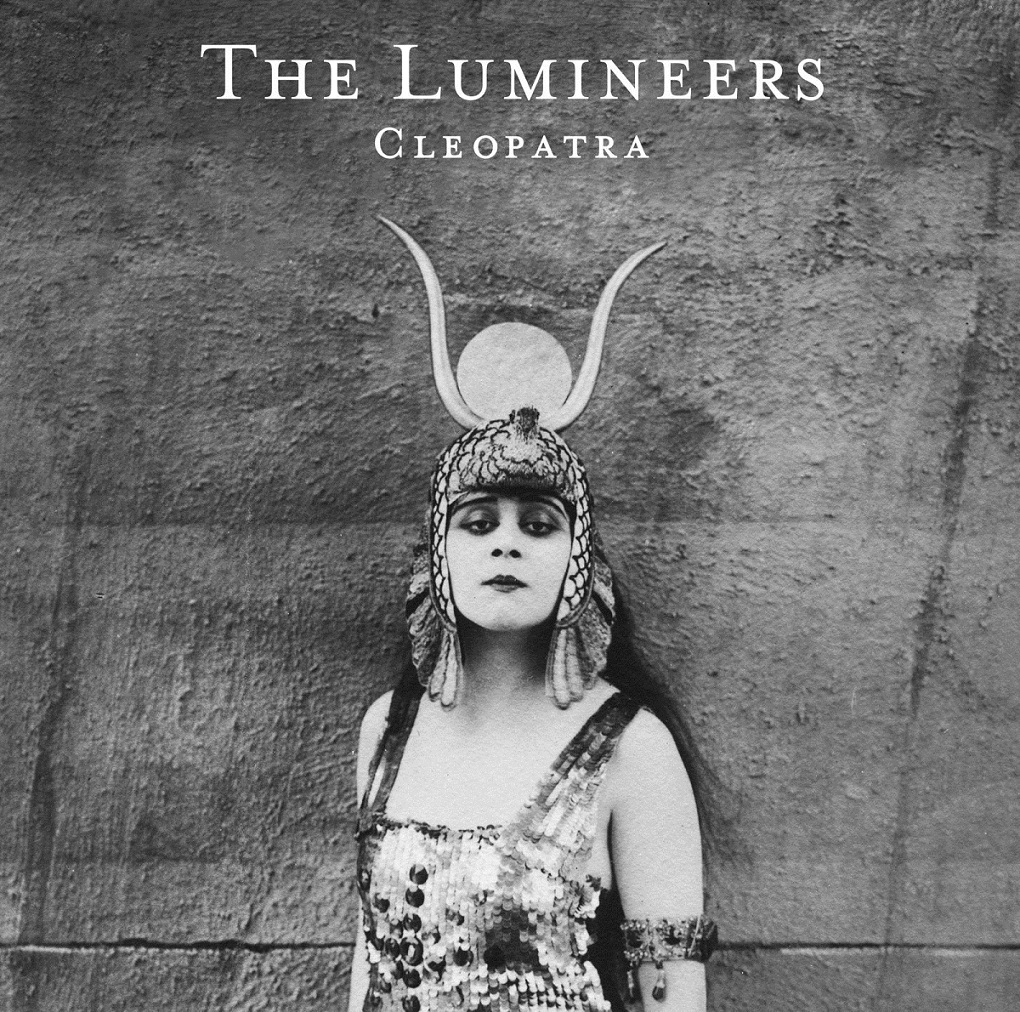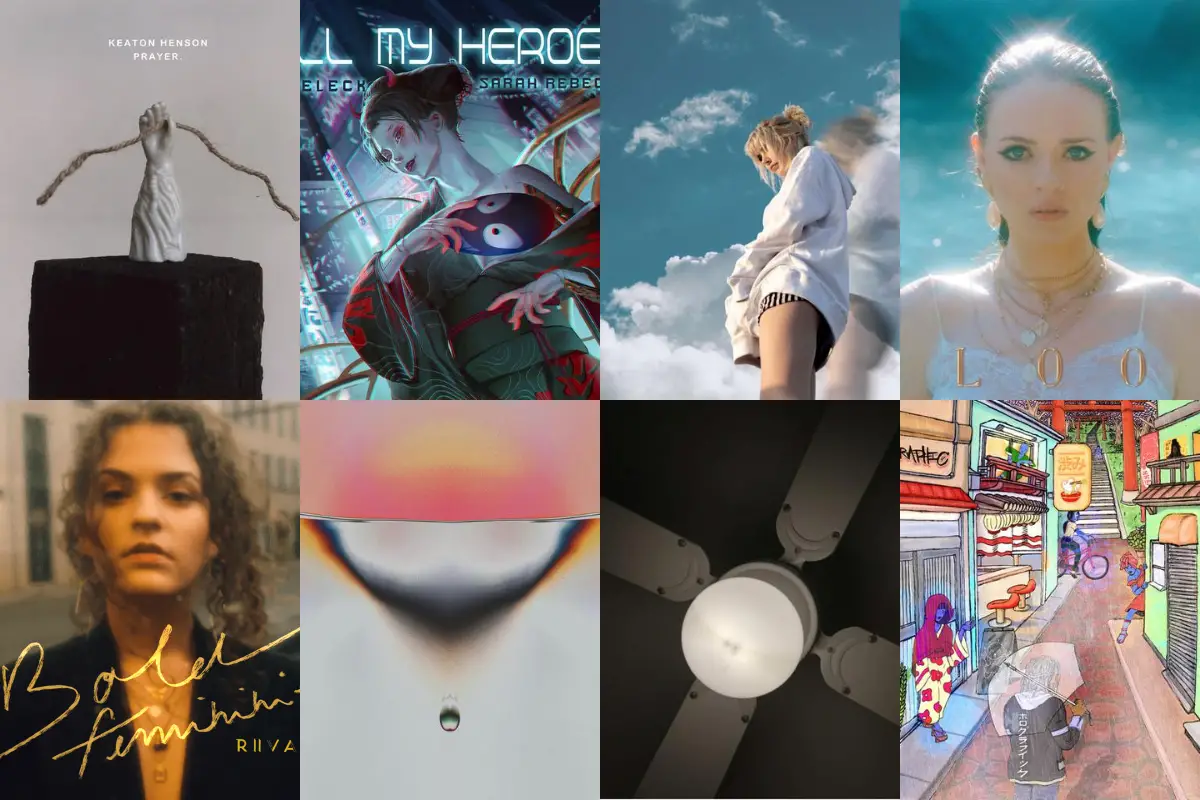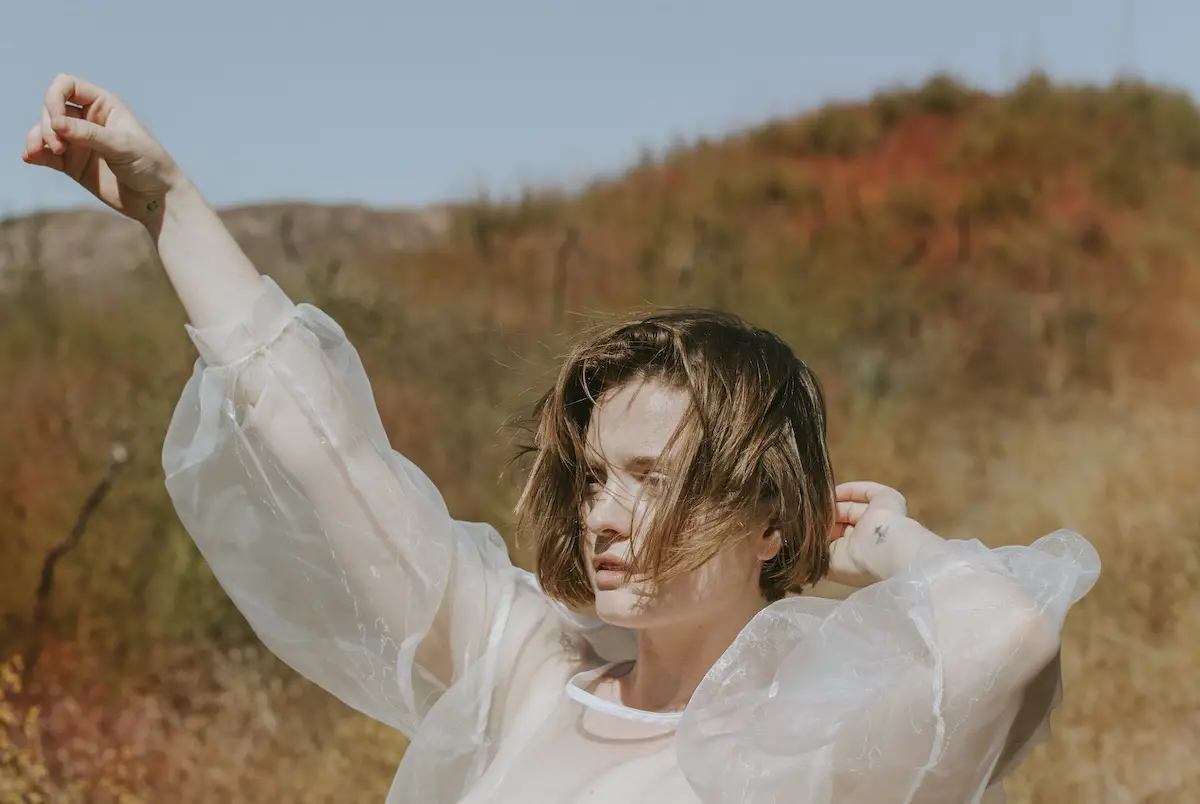You know that feeling when you have a conversation with one of your grandparents and you walk away feeling so thankful that they’ve chosen to impart their wisdom onto you? It’s as if they’ve given you some secret to life to make you just a little bit wiser and a little bit stronger than the rest. The amount of perspective gained from speaking to someone who has really lived is insurmountable. Learning their story. Learning from their triumphs and failures. It puts you in your place. It makes you set the refresh button and rediscover what is most important in life. Lead singer of The Lumineers, Wesley Shultz, had one of these conversations with a fascinating taxi driver he met on one off-chance day. Little did he know that not only would what she told him become the heart of The Lumineers’ album Cleopatra, but it would also birth the visual representation of her story, eventually becoming the masterpiece that is “The Ballad of Cleopatra.”
After the release of their second album Cleopatra (4/8/2016 via Dualtone Records/Dine Alone Records), The Lumineers released music videos for “Ophelia,” “Cleopatra,” “Sleep on the Floor,” and “Angela/Patience,” all teasing the story line, but never giving the full story, of the taxi driver whom Shultz met and dubbed Cleopatra. The band released the videos separately and out of order, methodically and meticulously allowing us to see bits and pieces of how these songs and this story could be connected. On April 27, 2017, over a full year after the album release, director Isaac Ravishankara and The Lumineers put The “Ballad of Cleopatra” out into the world, piecing together the full story, giving us all a piece of that conversation and allowing us to hit the refresh button, gain perspective, and be reminded of what is truly important in life.
“The Ballad of Cleopatra” – The Lumineers
[youtube=https://youtu.be/tXsQJhoauxc?t=0s]
Ophelia
The film opens with “Ophelia.” This is really one of the only parts of the film in which The Lumineers actually appear. It’s a way for them to introduce the ballad, with a song they hold close to their hearts. “Ophelia” deals with the success, expectations, and pressure the band has gone through since rising to fame, which is why this song means so much to them.
I, I got a little paycheck
You got big plans and you gotta move (whoo!)
And I don’t feel nothing at all
And you can’t feel nothing small
“Ophelia” is a constant reminder for The Lumineers. It allows them to take a step back and appreciate all that has happened to them, and that’s exactly what the video depicts. The band is playing the song for a crowd when lead singer, Wesley Shultz, steps out of his own body and removes himself from the chaos of his current life; just as the meaning of the song depicts. He exits the building and begins to dance along the street to the beat of the music. The song continues as he pleasantly strides along. As the music of Ophelia fades out, transitional notes fall in, eventually leading Shultz into the taxicab, of one, Cleopatra. They share a conversation unheard to our ears, and thus, the story begins.

Cleopatra
Shultz exits the car and “Cleopatra” the song begins as Cleopatra, the driver, waits for her next passenger. The “Cleopatra” portion of the ballad follows the beautiful taxi driver with wild gray hair and eyes full of wisdom, through her shift. As she drives along the busy streets you are able to see that she is reminiscing. She is reminiscing on the “what ifs” that life inevitably brings you. It’s not so much about regret, as it is about thinking about the path you took in life, and realizing that for whatever reason, it was the path you needed to take.
I was Cleopatra, I was young and an actress
When you knelt by my mattress, and asked for my hand
But I was sad you asked it, as I laid in a black dress
With my father in a casket, I had no plans
And I left the footprints,
the mud stained on the carpet
And it hardened like my heart
did when you left town
But I must admit it,
that I would marry you in an instant
Damn your wife, I’d be your mistress
just to have you around
Casts of characters enter in and out of the cab, some familiar and some not, some metaphorical and some literal. Each character has a different story, and each taken in by our seasoned Cleopatra.
So I drive a taxi, and the traffic distracts me
From the strangers in my backseat,
they remind me of you
But I was late for this,
late for that, late for the love of my life
And when I die alone,
when I die alone, when I die I’ll be on time
Eventually she turns the meter off, and picks up her adult son from the airport, who enters the front seat with a wide-eyed smile and a grand hug. They drive until dusk. They stop to enjoy burgers with full smiles and genuine laughs before night falls and she must take him to his father. The song comes to a close as she drops her son off to his father’s home, and that’s when the first “what if” of the ballad, a theme that reoccurs throughout, happens. Cleopatra imagines going in to make amends with the father so they can enjoy their son’s stay together, as a family. However, instead she turns around, gets in her car, and drives away.
And the only gifts from my Lord were a birth and a divorce
But I’ve read this script and the costume fits, so I’ll play my part
She drives. Her face is sullen and soft. A smooth transition begins as Cleopatra transforms into a much younger version of herself, driving away from something else, with the same soft and sullen look upon her face. What comes next is the beginning for Cleopatra, the beginning of the “What Ifs.”
Sleep on the Floor
Peaceful piano track “Patience” plays as we see the youngest version of Cleopatra sad and transfixed, staring deeply into her boyfriend’s eyes, standing at her father’s funeral. As the keys of the piano put you at ease, everything moves in slow motion. The boy slowly approaches her and whispers, “If you don’t leave now you may never make it out.” With that, “Sleep On The Floor” begins, and Cleopatra imagines what could have been if she left with the love of her life on that very day.
Pack yourself a toothbrush dear
Pack yourself a favorite blouse
Take a withdrawal slip
Take all of your savings out
‘Cause if we don’t leave this town
We might never make it out
I was not born to drown
Baby come on
“Sleep On The Floor” takes us on a journey. The young and in love couple drive across the states. They wander in and out of dirty motels, they meet new people, and they find themselves free. Although they have nothing stable or secure – they have each other. And what we come to find, is that is quite literally all that they need. They eventually marry, happy as ever, and dance into the night. As they lay down to sleep on their wedding night “Sleep On The Floor” comes to a close. The young Cleopatra locks eyes with the camera before the scene shifts out of the “what if” scenario and into reality. She’s now back in her car, just as we saw her before the song began, with that soft and sullen look on her face. She looks in the rearview, only for a second, and then continues to drive on, always moving forward.
Angela
“Angela” begins with Cleopatra slightly older and pregnant. She’s in bed with her husband, safe and secure in a nice home. However, it’s easy to tell she does not want to be there. At this point in the ballad you know who the Cleopatra character is, or at least who she wants to be. She’s “taller than the rafters.” Life has gotten in the way of who she wanted to become, but that still doesn’t change who she is at her core. And so, as the guitar plucks of “Angela” continue, we see the older, pregnant Cleopatra leave her body, and begin to imagine what life would be like, if she left him when she wanted to.
When you left this town, with your windows down
And the wilderness inside
Let the exits pass, all the tar and glass
‘Til the road and sky align
The strangers in this town,
They raise you up just to cut you down
Oh Angela it’s a long time coming
And your Volvo lights lit up green and white
With the cities on the signs
But you held your course to some distant war
In the corners of your mind
She’s back to driving, back where she always seems to be – on the open road, on her own, moving forward. But this time the look on her face is not soft or sullen. It’s determined. Determined to hold her course. She drives far and wide until she reaches a motel. She gets out of the car, looks to the sky, and for the first time in the ballad she expresses joy, celebration, and finally, peace. The “Angela” video takes us on the journey of the heart and soul that is the Cleopatra character – following your gut and your heart to its wits end.
My Eyes
“My Eyes” is the bow that ties the story of this legend together. She’s older now; older than she was when we first met her in the taxi. She’s in a nursing home, sharing stories with the nurse, and waiting for her time to end.
Oh, the devil’s inside
You opened the door
You gave him a ride
Too young to know, too old to admit
That you couldn’t see how it ends
What did you do to my eyes
What did you sing to that lonely child
Promised it all but you lied
You better slow down baby soon
It’s all or nothing to you
Before it ends, we see Cleopatra shift out of her body one last time, to make the move we know she wants to make. She walks down the empty halls, out of the nursing home door, and into the abyss.
“The Ballad Of Cleopatra” spreads the wisdom of this character onto those who view it. She shows you to be strong and to stay true to yourself. She shows you that you may not end up exactly where you thought you would. And she shows you that even if you don’t become who you thought you would be – it doesn’t matter, becuase in the end, the only thing that really matters in your life are the people you could never and would never want to life without. So choose those people, and hold on to them tight.
I won’t be late for this, late for that,
late for the love of my life
And when I die alone, when I die alone,
when I die I’ll be on time
— —
:: order The Lumineers’ Cleopatra here ::
— — — —
Connect to The Lumineers on
Facebook, Twitter, Instagram
Discover new music on Atwood Magazine
cover © Isaac Ravishankara
Cleopatra – The Lumineers
:: The Lumineers :: Cleopatra World Tour ::
* w/ U2 || ** w/ Tom Petty & the Heartbreakers
5/21 – ROSE BOWL, PASADENA, CA*
5/24 – NRG STADIUM, HOUSTON, TX*
5/26 – AT&T STADIUM, ARLINGTON, TX*
6/3 – SOLDIER FIELD, CHICAGO, IL*
6/4 – SOLDIER FIELD, CHICAGO, IL*
6/7 – HEINZ FIELD, PITTSBURGH, PA*
6/18 – LINCOLN FINANCIAL FIELD, PHILADELPHIA, PA*
6/20 – FEDEXFIELD, HYATTSVILLE, MD*
6/23 – ROGERS CENTRE, TORONTO, CANADA*
6/25 – GILLETTE STADIUM, FOXBOROUGH, MA*
6/28 – METLIFE STADIUM, EAST RUTHERFORD, NJ*
6/29 – METLIFE STADIUM, EAST RUTHERFORD, NJ*
7/1 – ROSKILDE FESTIVAL, ROSKILDE, DENMARK
7/2 – ROCK WERTHER,WERTHER, BELGIUM
7/3 – VOLLHAUS – ZURICH, SWITZERLAND
7/6 – MAD COOL FESTIVAL , MADRID, SPAIN
7/7-8 – CRUILLA FESTIVAL, BARCELONA, SPAIN
7/9 – BST HYDE PARK, LONDON, UNITED KINGDOM**
7/10 – AUDITORIUM PARCO DELLA MUSICA, ROME, ITALY
7/11, SPILLA FESTIVAL, ANCONA, ITALY
7/12 – CASTELLO DI VILLAFRANCA, VERONA, ITALY
7/15 – MUSILAC FESTIVAL, AIX-LES-BAINS, FRANCE
8/17 – ROGERS ARENA, VANCOUVER, CANADA**
8/19 – SAFECO FIELD, SEATTLE, WA**














